
Traces of China in Panama
By Ana Teresa Benjamín
Photos: Carlos E. Gómez, Eduardo Grimaldo
Chinese influence can be seen in mafá ―a fried bread that changed from sweet to savory over time― or the fia’o, a system of purchases on credit that continues to prevail in small neighborhood shops. Chinese influence can be seen in the red color of business entrances, the “lucky cat” figurines, the acupuncture clinics, the educational system, and newspapers in Chinese.
Chinese people first came to Panama around 1852, when the furor accompanying construction of the trans-Isthmian railroad was at its height. In her book, How, When, and Why the Chinese Came to Panama, Berta Alicia Chen explains that the first group of three hundred sailed to the Isthmus in 1852 from a British-ruled port.
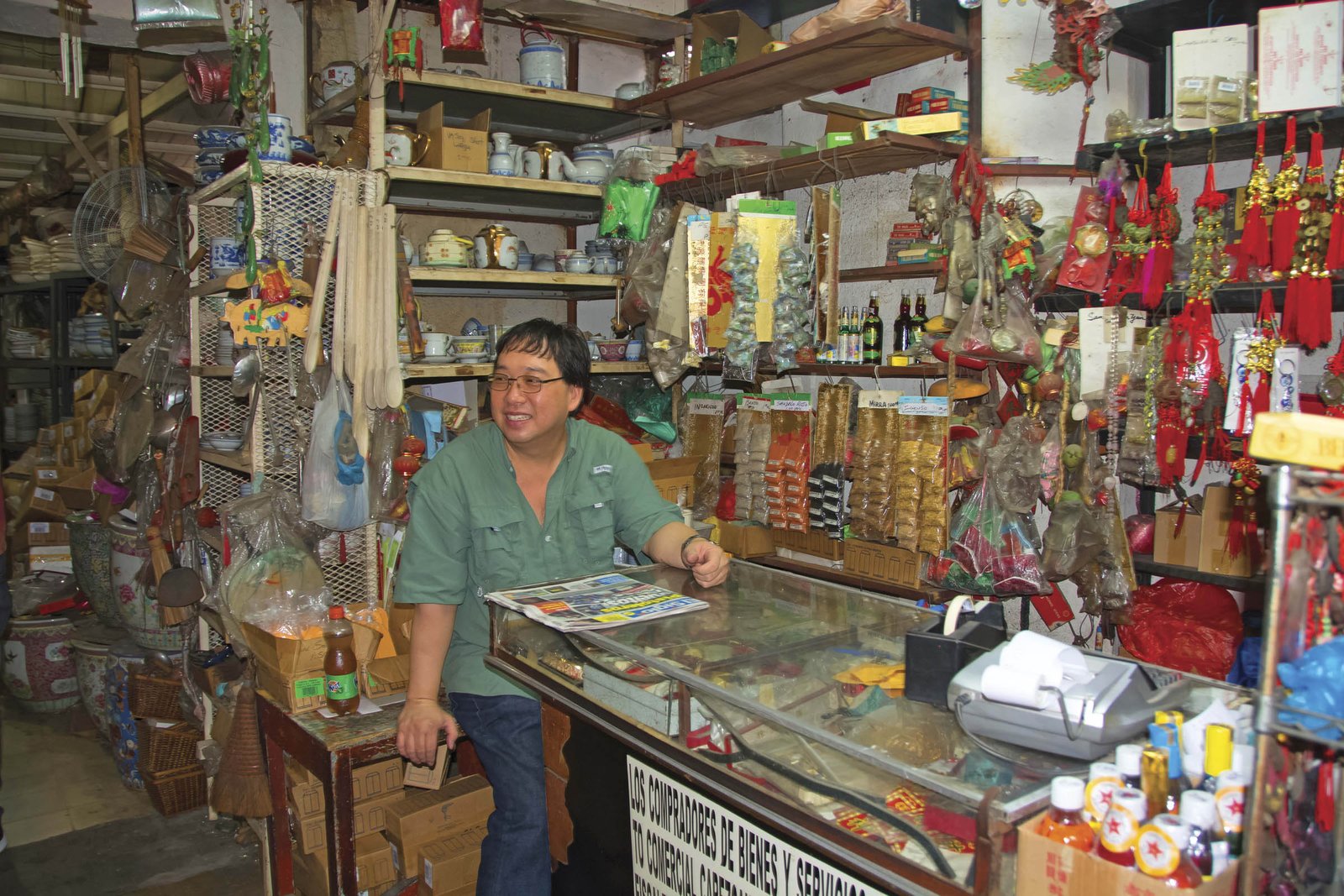
The most famous ship carrying Chinese to Panama was arguably the brigantine Sea Witch in 1854. A group of 712 men spent several weeks crammed in the belly of that ship in unsanitary conditions without sufficient food; they reached Taboga on Friday, March 30th. Only 701 set foot on land.
The men were placed in camps along the railroad under construction. Thirty-two fell ill and died soon after landing. The following week, another eighty suffered the effects of dysentery, malaria, yellow fever, or malnutrition,” notes Chen. The survivors did not fare that well either: even though the Chinese were good workers, the other laborers harassed them for their different appearance and customs. But the worst blow was the Railroad Company’s decision —for economic reasons— to stop providing opium, which supposedly kept the Chinese laborers on an even emotional keel.
“Deprived of the drug that had helped them bear the difficult working conditions and climate, and prey to loneliness, confused by language and cultural differences, lacking sufficient food, oppressed…,” the Chinese grew melancholy and began to commit suicide. “Most of the suicides took place in the town of Matachín…”: some hung themselves by their pigtails, others stabbed themselves with metal rods or fell upon machetes; a few hung stones around their necks and dived into the river, while yet others starved themselves to death…”
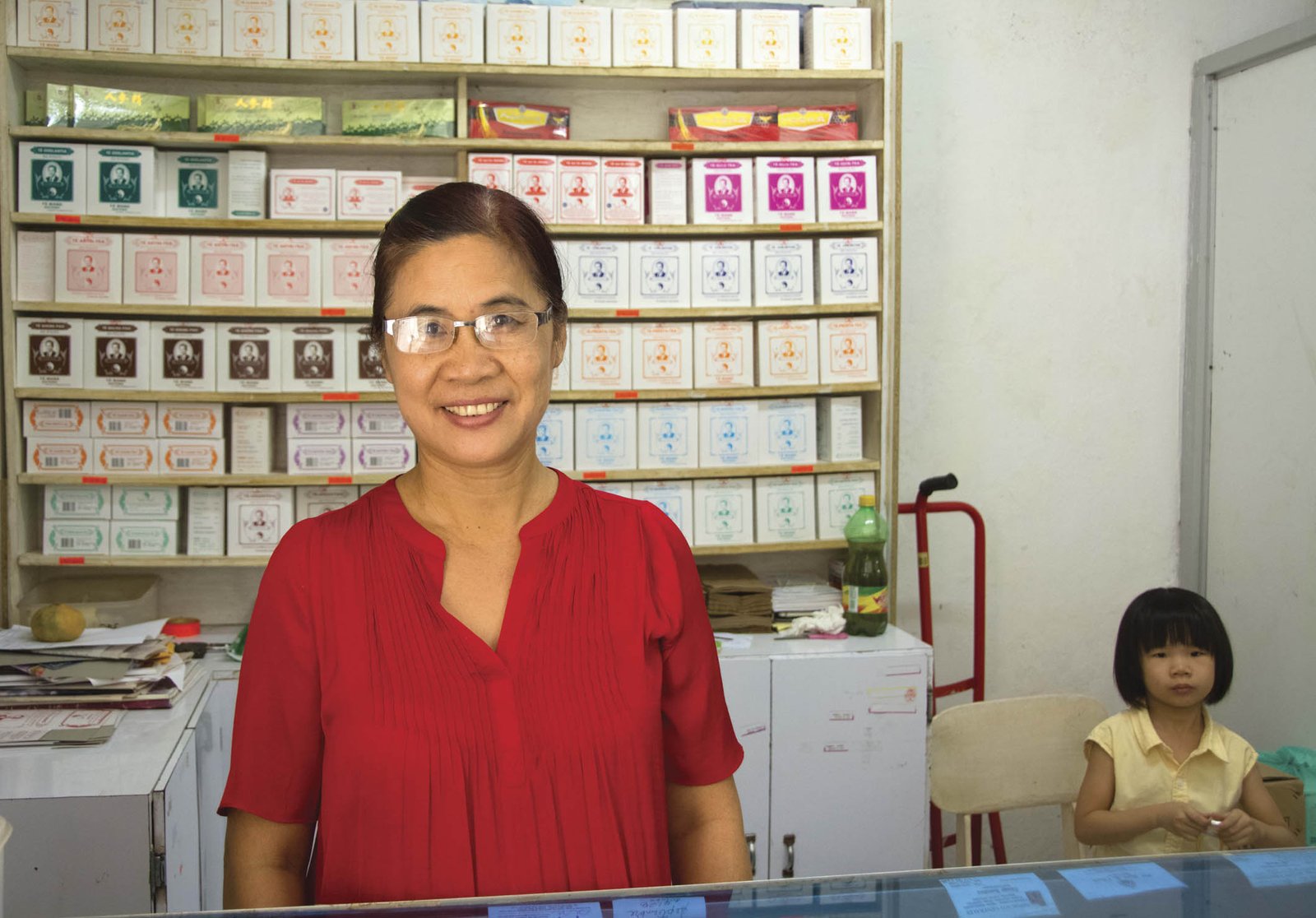
The early history of the Chinese in Panama was as wretched as in other countries in the Americas where they arrived in conditions approximating slavery. As Antonio Wong writes in the anthology Scions of the Dragon: 26 Chinese-Panamanian Poets, published a few months ago:
“Those promises and decisions
they suffered,
the malaria and jungle fever,
and the terrible invasions
of armies of mosquitoes,
inhospitable conditions
that drove many to suicide…”
Over time, the Chinese moved away from hard labor ―first on the railroad and then on construction of the canal― and created gardens, businesses, and temples. A Chinatown grew up near Salsipuedes and soon became indispensable to the rest of society for its culinary options, laundries, bakeries, hardware stores, and wholesale and retail stores offering every product under the sun. As Dagoberto Chung, an all-around man of the theater and Colón storyteller, says about his father in the same anthology:
“Child-sprout growing among the rice furrows
Young traveler
Adventurous traveler
Seed of the diaspora crossing the sea. Here he was an alien
A bricklayer
A cook
An artisan
A stevedore
A worker
A shopkeeper…”
Today the Chinese are integrated into this diverse country, and sometimes subtly and sometimes palpably they continue to impress lucidity, knowledge, and life upon a society that does not always grasp how much it owes them.
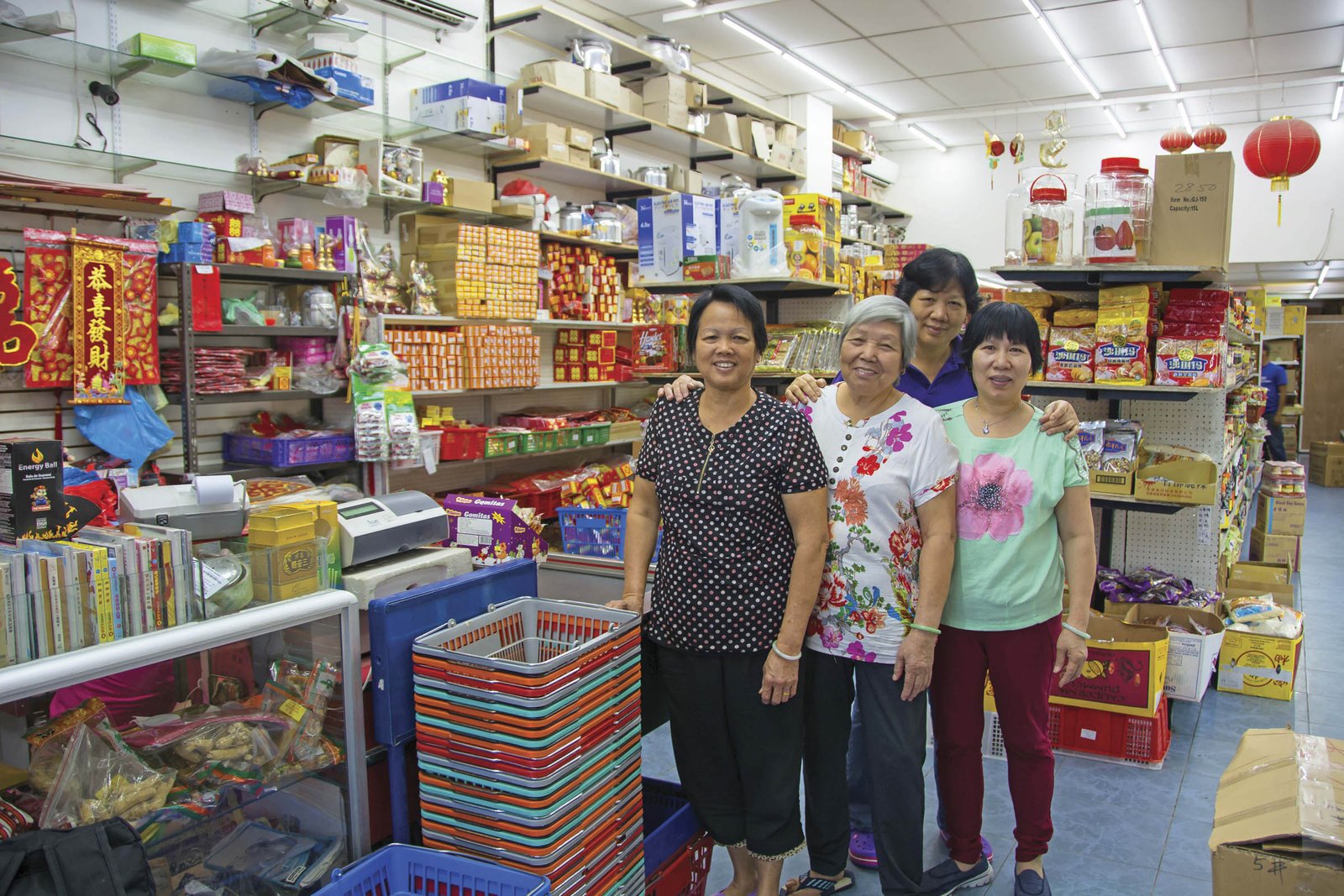
Chinatowns
Up to the beginning of the 20th century, the Chinese in Panama City lived in shacks, but they gradually populated houses in the crowded neighborhoods of Santa Ana, El Chorrillo, El Terraplén, Salsipuedes, and Avenida B, in what is now the capital’s historic center. Here they organized temples, societies, and gaming halls, which allowed them to conserve their customs and traditions in a strange land.
This turn-of-the-century neighborhood still survives, with its diversity of shops and restaurants, redolence of incense, and dragons and fireworks in the main street during New Year festivities. Avenida B, for example, is home to popular shops selling trinkets and supplies for children’s parties, as well as restaurants where chicken and roast pork hang in the windows, clearly wooing passers-by to step in and sample the wares.
The increasing Chinese population outgrew the “traditional” Chinatown and some years ago new businesses run by Chinese families began to expand to the El Dorado area of the city. As in the old neighborhood, the area abounds in shops selling groceries and other items, but there are also a noticeable number of barbershops and clothing stores. This district is in fact home to the China-Panama Cultural Center or Sun Yat Sen Institute (finished in 1992), which offers Mandarin language, music, painting, cooking, and martial arts classes, among others. The school includes the country’s only library specializing in Sinology.
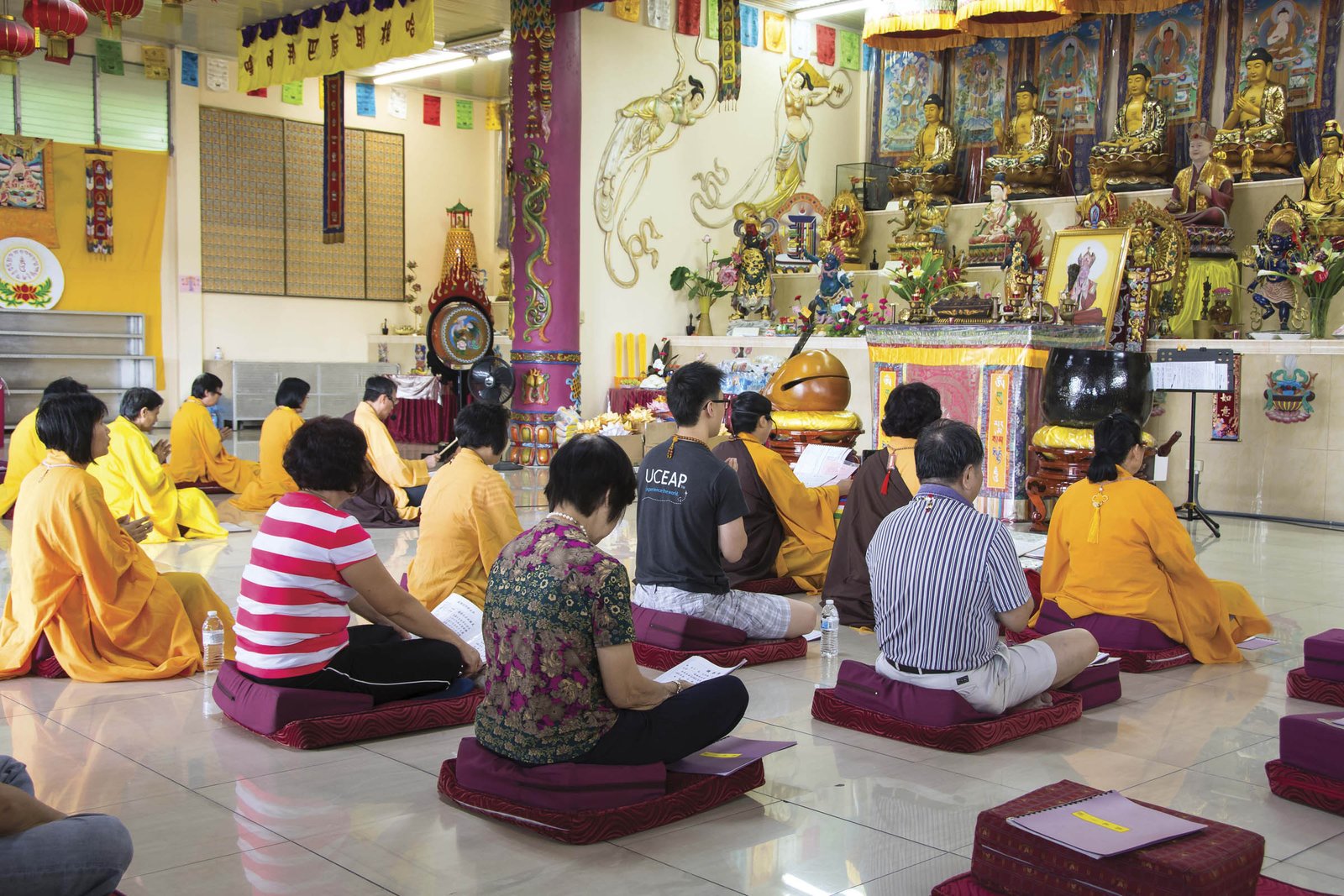
Friendship Park
This is perhaps one of the most peaceful places in a city that can be chaotic despite its small size. Located across from the Sun Yat Sen Institute, the China-Panama Friendship Park is an oasis of tranquility that welcomes visitors with a Good Luck Fountain and invites them to stroll the three bridges representing luck, long life, and happiness.
A brisk walk of no more than ten minutes will take you around the park, but it is meant to be enjoyed at a slower pace, one that allows you to admire the falling leaves and the shades of water in the turtle pond. The pond is known as the Lake of Happiness and in the center stands a sculpture of the Virgin of Mercy, as “a symbol of the friendship between kindred nations.”
A few contemplative moments on the terrace do not go amiss after the stroll. The stillness and the wind energize your spirit, and a half hour in the park gives you the strength to once again face this city’s insane traffic.
From Temples to Restaurants
A must-see is the Buddhist Temple, located on the Trans-Isthmian Highway, near the Colegio La Salle. The unusual decoration alone is a delight for people of a different religious persuasion.
Lung Fung and Golden Unicorn are considered two of the best restaurants, but daring diners might wish to venture to some of the restaurants at the rear of the El Dorado Shopping Center, on the avenue dubbed “Silent Tomb.”
If you are looking for Chinese ornaments or symbols, across from Lung Fung stands an anonymous shop ―ask the locals for directions― featuring a selection of cultural figures and symbols (the dragon, the monkey, Buddha, etc.), but dishware, vases, clothing, foods, and pots of different sizes and shapes for growing bonsai are also available.
If you happen to be in Panama City on February 8th, stop by Chinatown ―very near the Seafood Market on the coastal beltway― and help usher in the Year of the Monkey.

The Poetry of Descendants
March of 2015 saw the presentation of the book Scions of the Dragon: 26 Chinese-Panamanian Poets, which showcases some of the poetry written by Panamanians of Chinese descent, including Carlos Francisco Chang Marín, Antonio Wong, César Young Núñez, Gloria Young, Carlos Fong, and Lucy Cristina Chau.
The book includes notable texts by deceased artist, educator, and political leader Chang Marín on the Canal, life in the countryside, and Isthmus heroes such as Victoriano Lorenzo. There is also the pessimism of Arnoldo Díaz Wong, whose poem, “Time Leaves Us Fragments of Worry,” offers us this verse:
“…we live
to occupy the womb of death.”
Carlos Fong addresses more current topics in his poem “We Were Not Heroes,” about the 2011 death of five young men in a Panamanian jail:
“We were not heroes.
We were only children of violence and fear.
We consumed hatred we had already tasted.
Our rage was deflected back in dedications.
The debt we owed we paid
with ashes and a vestige of skin.”
Gloria Young reveals her raw eroticism and Lucy Cristina Chau deals with love and humor.
Compiled by Luis Wong Vega, this book is a continuation of the 2012 volume An Anthology of Colón Poetry (1900-2012).
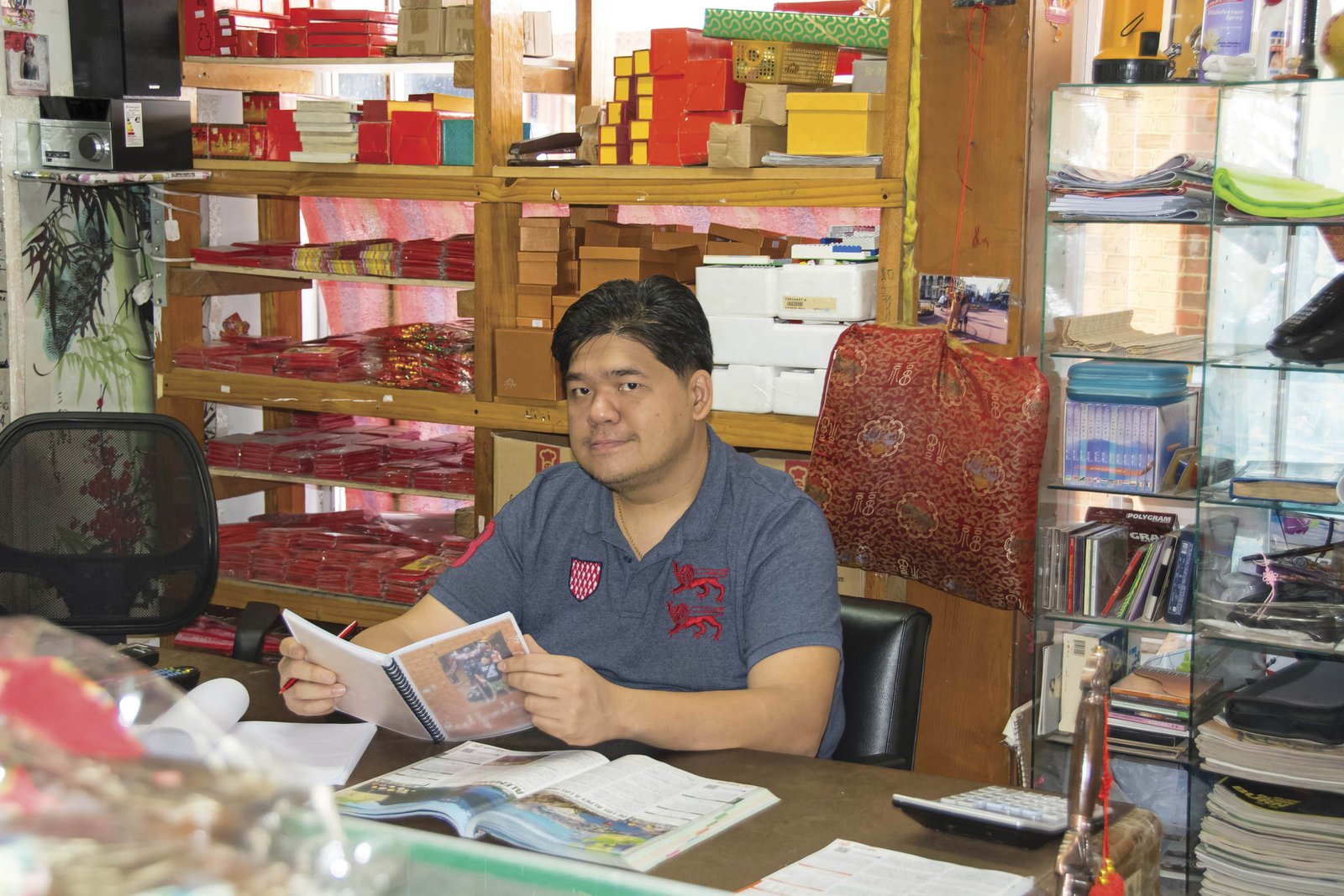 Chinese New Year in Panama
Chinese New Year in Panama
On February 6 and 7 (Saturday and Sunday), the Fa Yen Society, in conjunction with the Panama City Mayor’s Office, celebrates the Chinese New Year in style at the Figali Convention Center on Calzada de Amador. The festivities feature dances, performances, and a banquet of culinary delights from this age-old culture. Free admission.
The Lion Dance is performed on Monday, February 8 in both the old and new Chinatowns —the latter located in El Dorado. Dancers will pay visits to businesses in both areas. The celebrations kick off at 9:00 a.m. and wind down at 6:00 p.m.